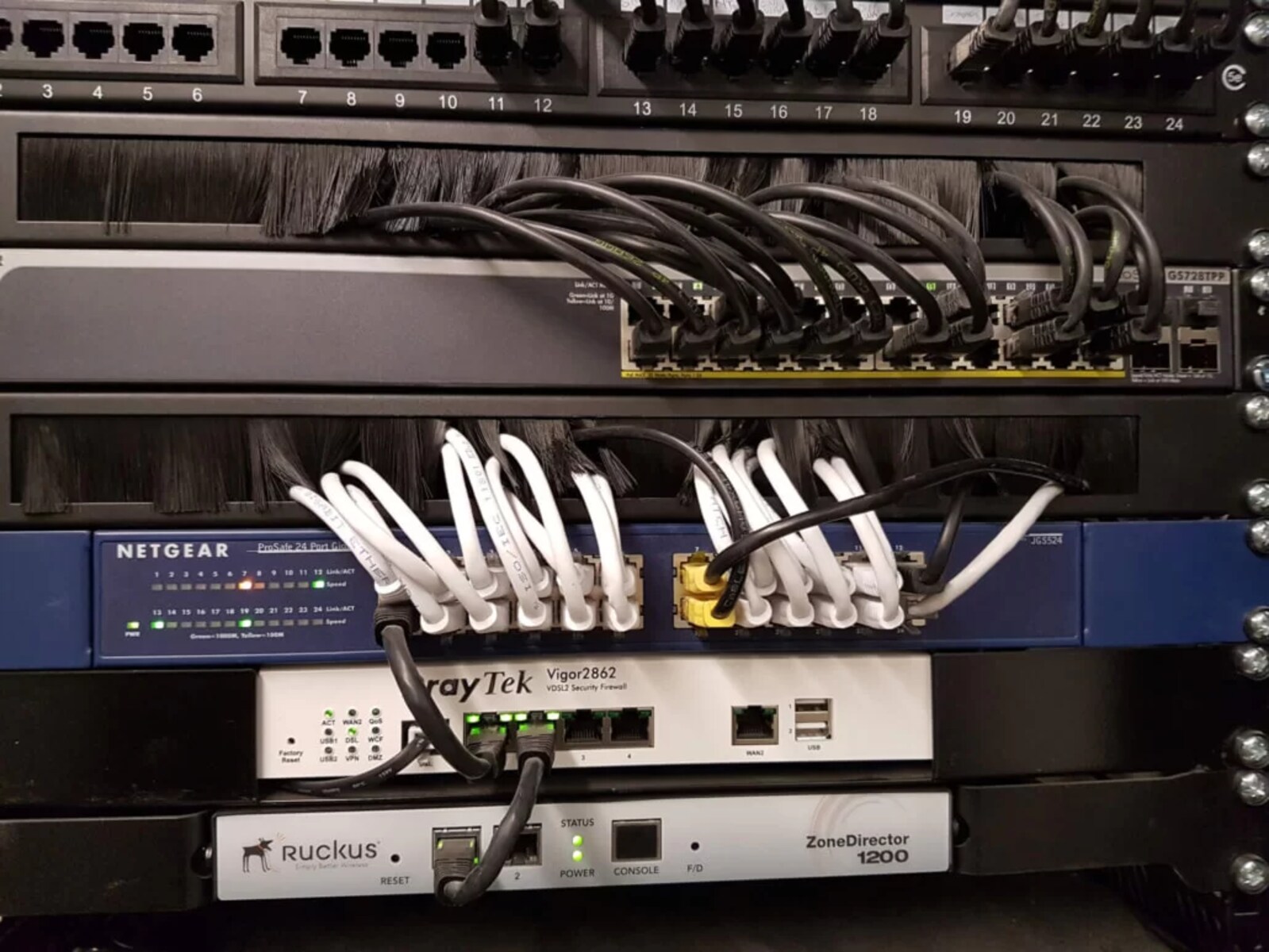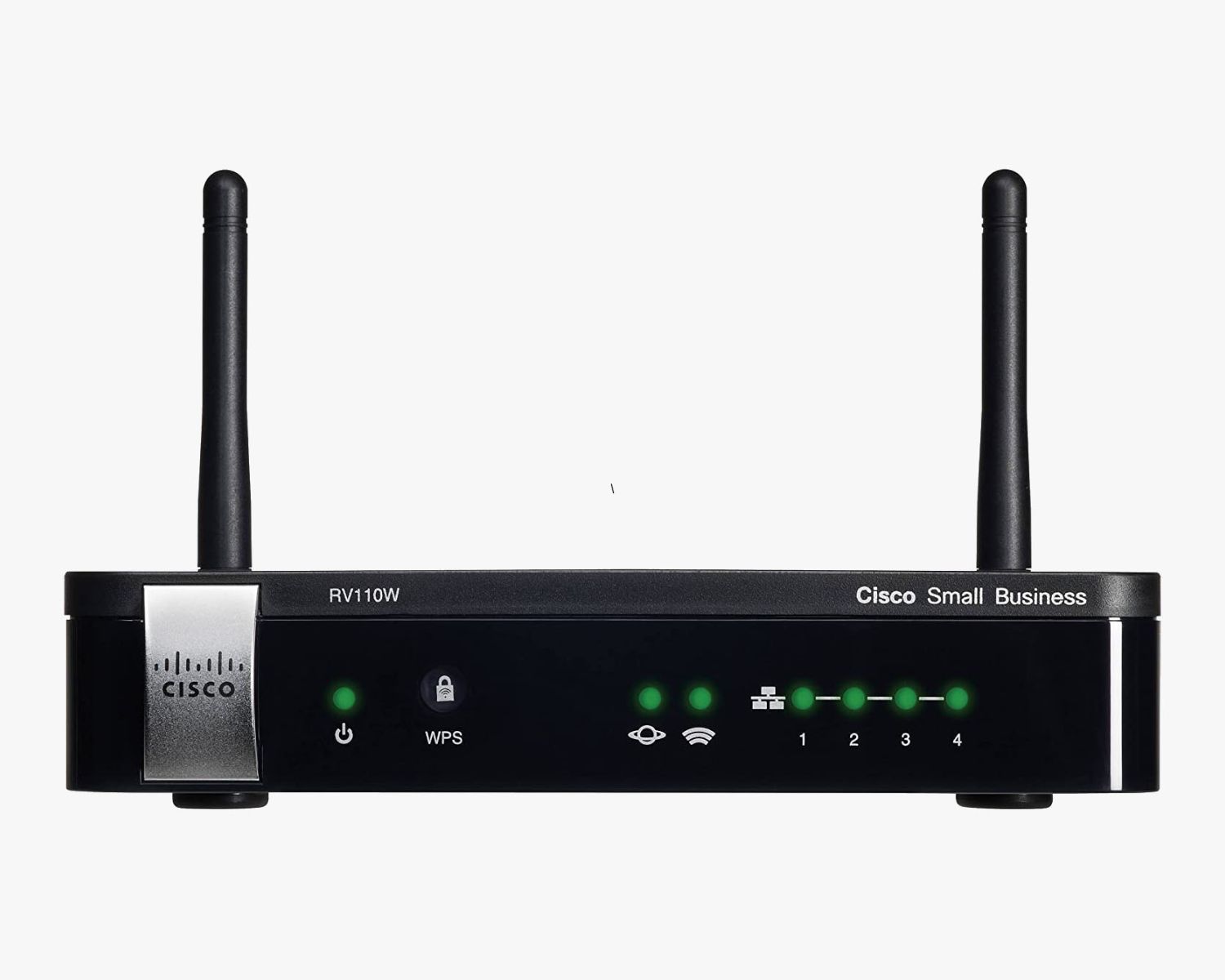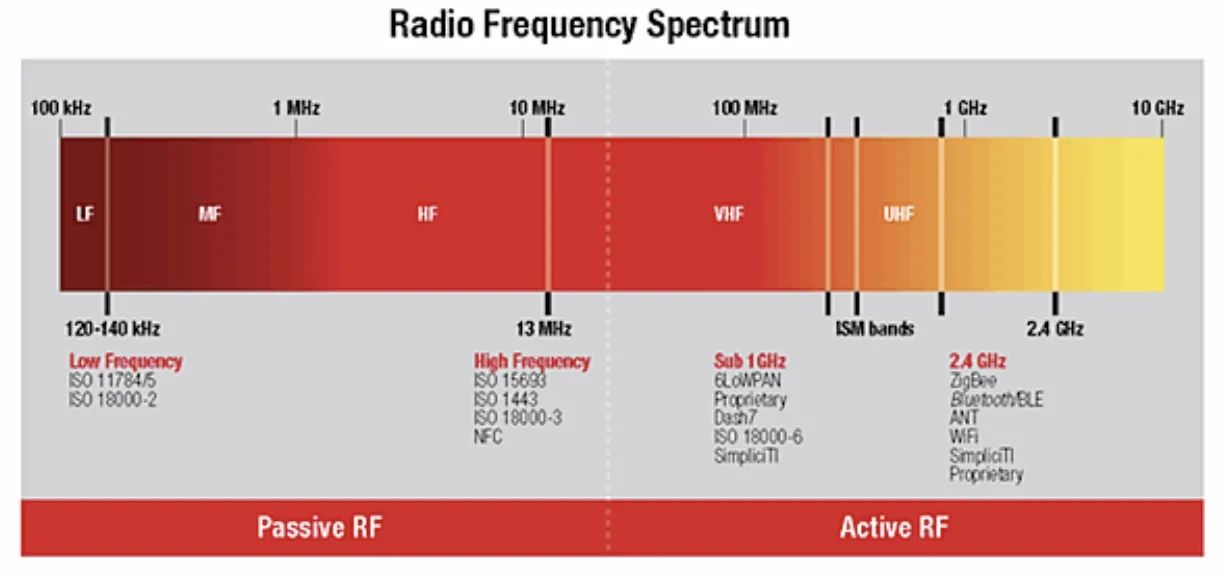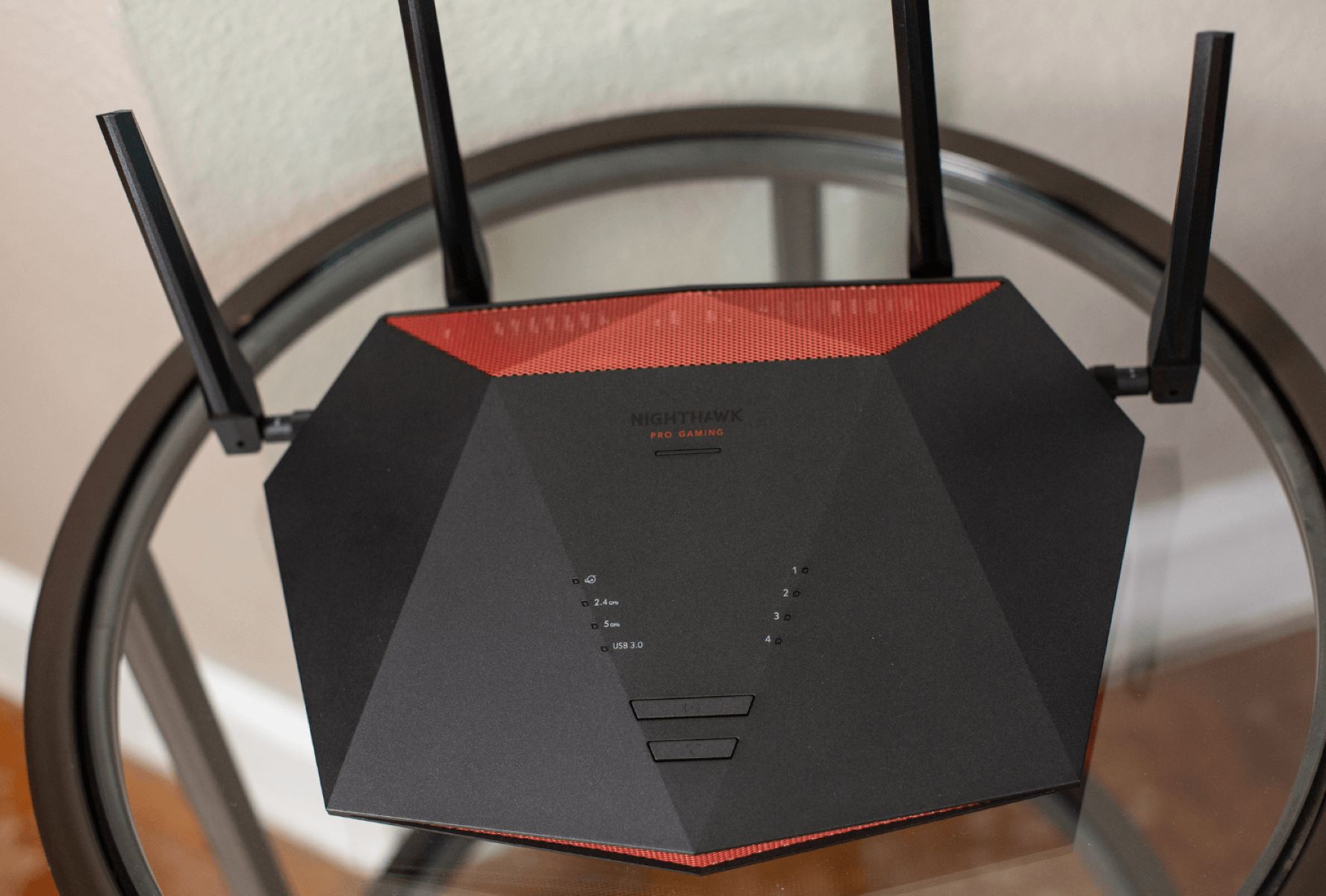Introduction
Understanding the Impact of Latency in Network Switches
In today's hyper-connected digital world, the efficiency and reliability of network communication are paramount. Whether it's streaming high-definition video, engaging in real-time online gaming, or conducting critical financial transactions, the speed at which data travels through a network can significantly impact user experience and operational effectiveness. At the heart of this issue lies the concept of latency, which refers to the time delay between the initiation of a data transfer and the actual transfer of the data. This delay can be attributed to various factors, including the physical distance between devices, the processing capabilities of network equipment, and the volume of data being transmitted.
As organizations increasingly rely on complex network infrastructures to support their operations, understanding and managing latency within network switches has become a pressing concern. Network switches play a pivotal role in directing data traffic between devices within a local area network (LAN) or across interconnected networks. Each "hop" through a network switch introduces a certain amount of latency, and as data traverses multiple switches to reach its destination, these delays can accumulate and impact overall network performance.
To address this challenge effectively, it is essential to establish a clear understanding of the factors that contribute to latency in network switches and to define appropriate thresholds for acceptable latency levels. By doing so, organizations can optimize their network configurations and implement strategies to minimize latency, thereby ensuring seamless and responsive communication across their digital infrastructure. This article delves into the intricacies of latency in network switches, explores the factors influencing latency, recommends thresholds for acceptable latency levels per network switch hop, and outlines strategies for mitigating latency to enhance overall network performance.
Understanding Latency
The Role of Latency in Network Performance
Latency, in the context of networking, refers to the time it takes for data to travel from its source to its destination. It is often measured in milliseconds (ms) and can have a significant impact on the responsiveness and efficiency of network communication. Understanding the different types of latency and their implications is crucial for optimizing network performance.
There are several types of latency that can affect network operations:
- Propagation Latency: This type of latency is primarily determined by the physical distance between devices. As data travels across cables or through the air, it takes time to propagate from one point to another. While propagation latency is influenced by the speed of light, it is a fundamental consideration for long-distance communications.
- Transmission Latency: Transmission latency occurs when data is being serialized and transmitted over a medium, such as a copper or fiber-optic cable. This latency is influenced by the bandwidth of the medium and the encoding of the data.
- Processing Latency: Processing latency is introduced when network devices, such as routers and switches, analyze, prioritize, and forward data packets. The time taken to process these packets can vary based on the device’s processing power and the complexity of the routing decisions.
- Queuing Latency: In situations where network devices have to queue data packets due to congestion or prioritization rules, queuing latency can occur. This delay is influenced by the volume of traffic and the queuing algorithms implemented in the network devices.
Latency can significantly impact user experience and application performance. High latency can lead to delays in data transmission, causing issues such as video buffering, slow-loading web pages, and lag in real-time communication and gaming applications. In mission-critical environments, such as financial trading or healthcare systems, excessive latency can have severe consequences.
By understanding the various types of latency and their implications, network administrators and engineers can identify the sources of latency within their infrastructure and implement targeted solutions to minimize its impact. In the following sections, we will explore the factors that contribute to latency in network switches and recommend thresholds for acceptable latency levels per network switch hop, providing actionable insights for optimizing network performance.
Factors Affecting Latency in Network Switches
Understanding the Influential Elements
Latency within network switches is influenced by a myriad of factors, each of which can contribute to the overall responsiveness and efficiency of data transmission. By comprehensively examining these factors, network administrators can gain valuable insights into the root causes of latency and devise targeted strategies to mitigate its impact.
The following are key factors that significantly affect latency in network switches:
- Hardware Processing Power: The processing capabilities of network switch hardware play a crucial role in determining the speed at which data packets are forwarded. High-performance switches with advanced processing units can minimize processing latency, ensuring swift packet analysis and forwarding.
- Packet Queuing and Prioritization: Network switches often employ queuing and prioritization mechanisms to manage the flow of data packets. The efficiency of these mechanisms directly influences queuing latency, as well as the ability to prioritize critical traffic, such as voice or video data, for expedited transmission.
- Network Congestion: In scenarios where network traffic exceeds the capacity of the switches, congestion can occur, leading to increased queuing latency and potential packet loss. Implementing congestion management techniques, such as traffic shaping and Quality of Service (QoS) policies, is essential for mitigating congestion-related latency.
- Switch Fabric and Backplane Capacity: The internal architecture of network switches, including the switch fabric and backplane capacity, directly impacts the speed at which data can be forwarded between ports. Higher-capacity switch fabrics facilitate faster interconnection between network interfaces, reducing transmission latency.
- Software Configuration and Feature Sets: The configuration of switch software and the activation of specific features, such as Spanning Tree Protocol (STP) or port mirroring, can introduce processing overhead and affect overall switch latency. Optimizing software configurations and selectively enabling essential features can help minimize latency.
- Physical Connectivity and Cable Quality: The quality of physical connections, including Ethernet cables and connectors, can influence transmission latency. Proper cable management and adherence to industry standards for cabling and connectors are vital for maintaining low-latency connections.
Understanding and addressing these factors is paramount for optimizing the performance of network switches and minimizing latency. By proactively managing hardware capabilities, implementing effective queuing and prioritization strategies, and optimizing network configurations, organizations can create responsive and reliable network infrastructures that meet the demands of modern digital communication.
Recommended Latency Threshold for Network Switch Hops
Determining Optimal Latency Levels
Establishing appropriate thresholds for acceptable latency levels per network switch hop is essential for maintaining efficient data transmission and ensuring a seamless user experience. While specific latency requirements may vary based on the nature of the network and its applications, defining recommended thresholds provides a benchmark for evaluating and optimizing network performance.
For most enterprise and data center networks, a common guideline for latency per network switch hop is to target a threshold of 1 to 5 microseconds (µs). This ultra-low latency range is particularly critical for high-frequency trading systems, real-time analytics platforms, and other latency-sensitive applications where rapid data processing and decision-making are imperative.
However, in more traditional enterprise networks supporting standard business applications, a slightly relaxed latency threshold of 5 to 10 µs per switch hop may be acceptable. This range allows for efficient data transmission while accommodating the typical traffic patterns and communication requirements of corporate environments.
It is important to note that these recommended latency thresholds are for individual network switch hops and do not account for the cumulative latency across multiple hops within a data transmission path. As data traverses through interconnected switches, the accumulated latency can exceed the individual hop thresholds, necessitating meticulous network design and optimization to minimize cumulative latency.
Furthermore, the emergence of technologies such as edge computing and distributed cloud architectures has introduced new considerations for latency management. In edge computing environments, where data processing occurs closer to the point of data generation, stringent latency requirements may dictate even lower thresholds, demanding sub-microsecond latencies per switch hop to support real-time applications and services.
Ultimately, the determination of optimal latency thresholds for network switch hops should align with the specific performance demands and use cases of the network. By carefully evaluating the applications, traffic patterns, and user requirements, organizations can tailor their latency targets to deliver the desired levels of responsiveness and reliability.
Next, we will explore strategies for minimizing latency in network switches, offering actionable approaches to enhance network performance and meet latency thresholds effectively.
Strategies for Minimizing Latency in Network Switches
Optimizing Network Performance
Minimizing latency in network switches requires a multifaceted approach that encompasses hardware optimization, network configuration, and traffic management strategies. By implementing targeted measures to address the factors contributing to latency, organizations can enhance the responsiveness and efficiency of their network infrastructure.
The following strategies are instrumental in mitigating latency in network switches:
- Invest in High-Performance Switch Hardware: Upgrading to high-speed, low-latency network switches with advanced processing capabilities and high-speed interconnects can significantly reduce processing and transmission latency, enhancing overall network performance.
- Implement Efficient Queuing and Prioritization: Configuring Quality of Service (QoS) policies and traffic prioritization mechanisms within network switches enables the efficient handling of critical data, minimizing queuing latency and ensuring timely delivery of prioritized traffic.
- Optimize Switch Software and Feature Activation: Streamlining switch configurations, disabling unnecessary features, and leveraging hardware acceleration where available can reduce processing overhead and minimize software-induced latency.
- Deploy Low-Latency Switching Fabrics: Utilizing switch fabrics with high-speed interconnections and low-latency architectures facilitates rapid data forwarding between ports, reducing transmission latency within the network.
- Utilize Fiber-Optic Connectivity for High-Speed Links: Leveraging fiber-optic cables for inter-switch connections and high-speed uplinks minimizes transmission latency and provides ample bandwidth for data-intensive applications.
- Employ Congestion Management Techniques: Implementing traffic shaping, buffer management, and congestion avoidance mechanisms helps alleviate network congestion, reducing queuing latency and packet loss in high-traffic scenarios.
- Conduct Regular Network Performance Monitoring: Leveraging network monitoring tools to assess latency metrics, identify latency hotspots, and proactively address performance bottlenecks is essential for maintaining optimal network responsiveness.
By integrating these strategies into their network management practices, organizations can proactively address latency challenges and create a robust foundation for efficient data transmission and communication. Furthermore, staying abreast of advancements in networking technologies and best practices enables organizations to continually refine their latency mitigation strategies and adapt to evolving performance requirements.
Optimizing network performance goes beyond minimizing latency; it encompasses the holistic enhancement of network reliability, security, and scalability. By prioritizing latency reduction as part of a comprehensive network optimization initiative, organizations can deliver a responsive and agile network infrastructure that aligns with the demands of modern digital operations.
Conclusion
Elevating Network Performance Through Latency Management
As organizations navigate the complexities of modern networking environments, the management of latency within network switches emerges as a critical focal point for optimizing performance and user experience. By gaining a comprehensive understanding of the factors influencing latency and establishing recommended thresholds for acceptable latency levels per network switch hop, organizations can proactively address latency challenges and cultivate a responsive and efficient network infrastructure.
From the hardware processing capabilities of network switches to the intricacies of queuing and prioritization mechanisms, each facet of latency management plays a pivotal role in shaping the overall responsiveness of network communication. By embracing strategies such as investing in high-performance switch hardware, implementing efficient queuing and prioritization, and leveraging low-latency switching fabrics, organizations can systematically minimize latency and elevate the performance of their network infrastructure.
Furthermore, the determination of optimal latency thresholds must align with the specific performance demands and use cases of the network. Whether supporting latency-sensitive financial trading systems or enabling real-time analytics in edge computing environments, tailoring latency targets to the unique requirements of the network is essential for delivering the desired levels of responsiveness and reliability.
As technology continues to evolve and networking paradigms undergo transformation, the pursuit of latency optimization remains an ongoing endeavor. By embracing a proactive approach to latency management, organizations can not only enhance the efficiency of their network switches but also fortify their overall network reliability, security, and scalability.
Ultimately, the effective management of latency in network switches is a testament to an organization’s commitment to delivering seamless and agile digital experiences. By prioritizing latency reduction as part of a holistic network optimization initiative, organizations can position themselves to meet the evolving demands of digital operations and empower their users with a network infrastructure that excels in responsiveness and performance.

























